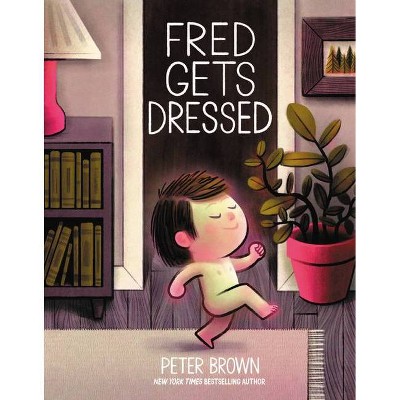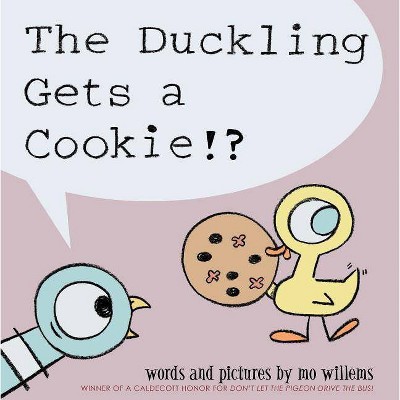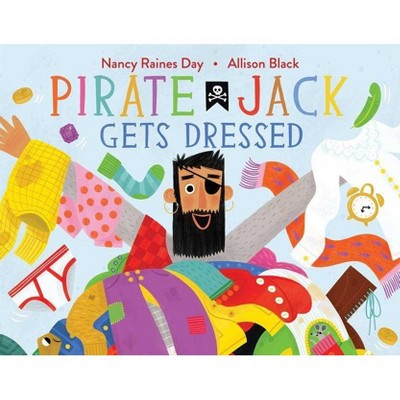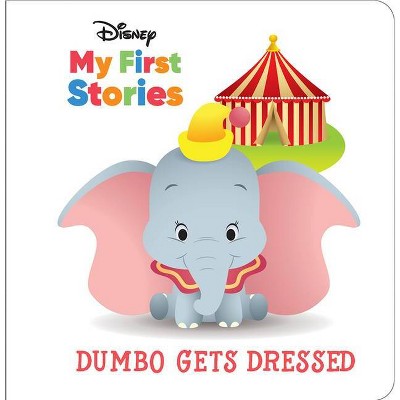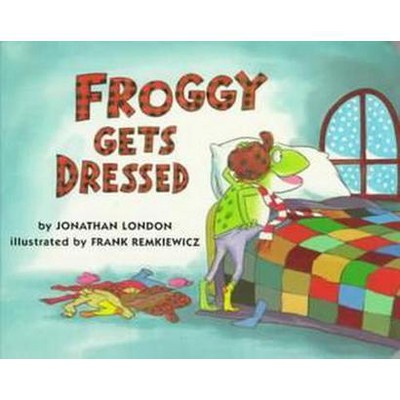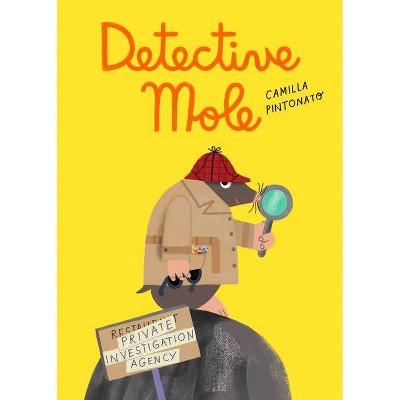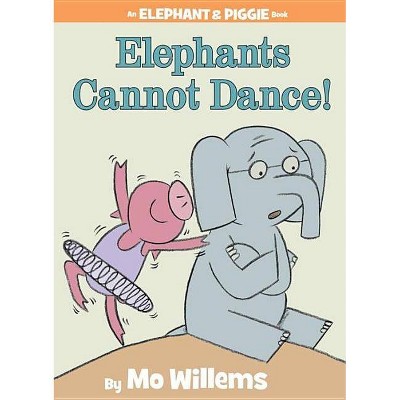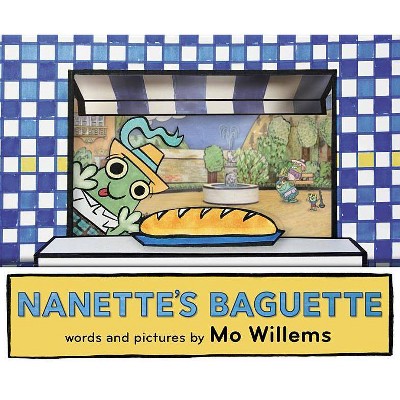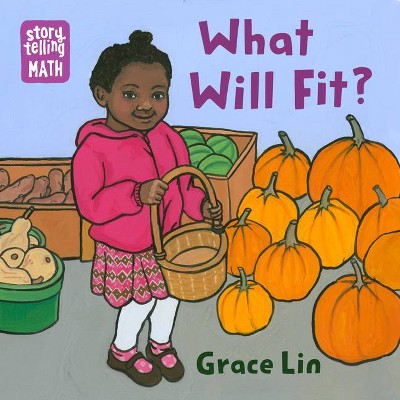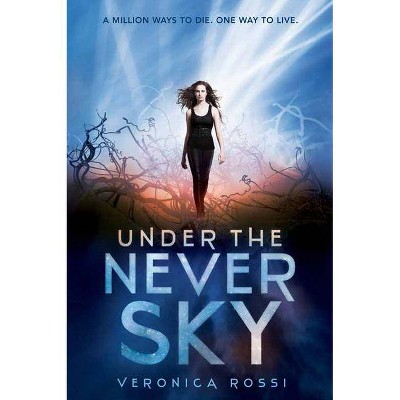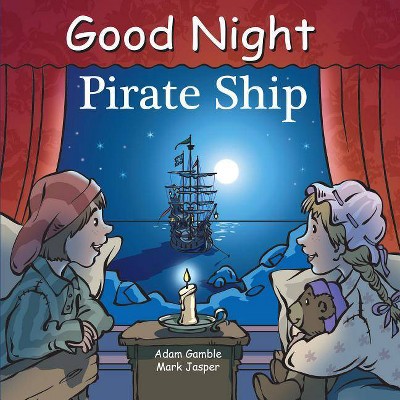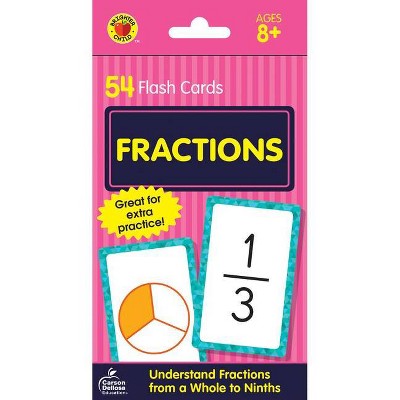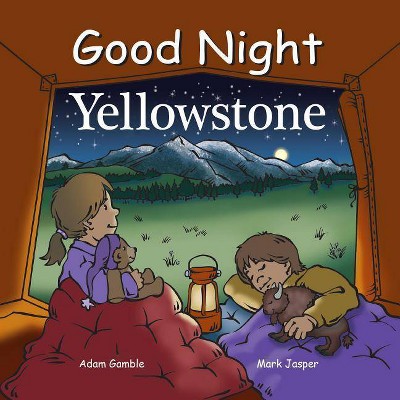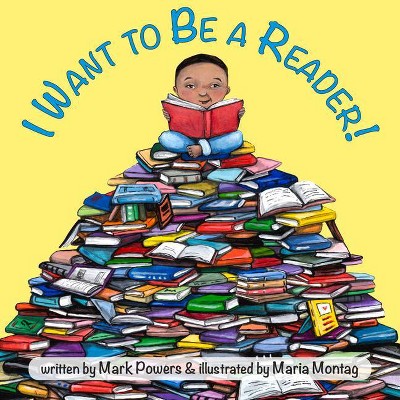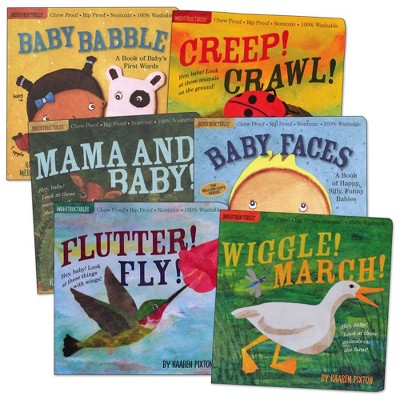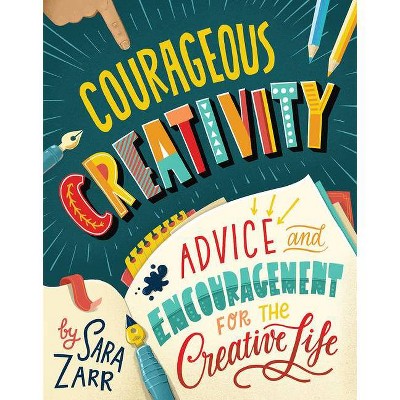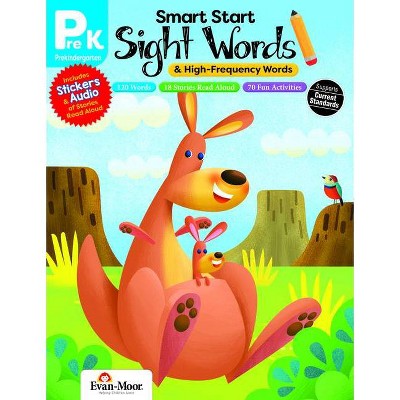Naked Mole Rat Gets Dressed - by Mo Willems (Hardcover)
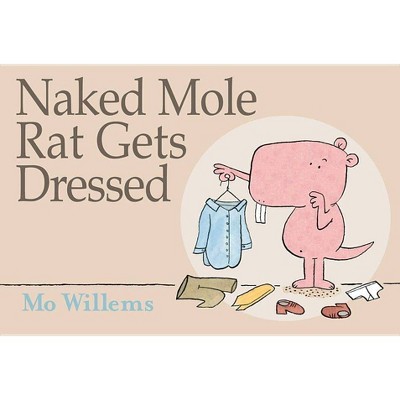
Similar Products
Products of same category from the store
AllProduct info
<p/><br></br><p><b> About the Book </b></p></br></br>Wilbur is different from the other naked mole rats in his colony, because he wears clothes. But what happens when Grandpah, the oldest, wisest, and most naked naked mole rat ever, discovers Wilbur's secret? Full color.<p/><br></br><p><b> Book Synopsis </b></p></br></br>Wilbur is different from the other Naked Mole Rats in his Colony, because <i>he</i> wears clothes (and he likes it!). But what will happen when Grandpah, the oldest, wisest, and most naked Naked Mole Rat ever discovers Wilbur's secret? <p/>Funnyman and three-time Caldecott Honoree Mo Willems exposes the naked truth about being yourself and wearing it well.<p/><br></br><p><b> Review Quotes </b></p></br></br><br>In the opening pages of this buoyant picture book, Willems (Knuffle Bunny) informs readers that "for this story" they need only know three things about naked mole rats: "1. They are a little bit rat. 2. They are a little bit mole. 3. They are all naked." The exception to point number three, however, is Wilbur, who revels in a wardrobe that ranges from a turtleneck and beret to an astronaut suit-infuriating his brethren. When the naked mole rats complain to their leader, Grand-pah, he gathers the colony and issues a proclamation. Happily for Wilbur, it's a call for tolerance. Willems is fully aware that nudity = comic gold for this audience, and his legion of emotive, square-headed rodents-far cuter than in real life-are paired successfully with droll prose ("Grand-pah did look heroic. Grand-pah did look regal. But he would also look heroic and regal in a casual shirt and some summer slacks"). Straightforward and engaging. PW"<br><br>There's one in every crowd, an iconoclast who won't follow the rules; in the case of naked mole rats, it's Wilbur, who just can't resist a natty suit and tie: "When the other naked mole rats saw him, they said; Eeeeeewwwww!' Yuck!' "What are you doing?" Wilbur, it seems, likes the versatility that clothing allows ("I can be fancy, or funny, or cool, or I can just be an astronaut"), but the other NMRs are scandalized and respond to Wilbur's desire for attire by ratting him out to Grand-pah, "the oldest, greatest, and most naked mole rat ever." After much thought, the wise Grand-pah issues a proclamation that all naked mole rats can dress, or not, as they like, prompting several to give apparel a go (give tees a chance?). Wilbur's tale is amusing in its own right, and there's plenty of humor in the inversion of usual kidly desires; Willems' writing is as humorously and cheerfully absurd as ever ("Grand-pah did look heroic. Grand-pah did look regal. But he would also look heroic and regal in a casual shirt and some summer slacks"). The little bucktoothed, box-jawed pink naked mole rats look, endearingly, a bit like biped pink hippos with overbites and tails (in fact, there's a slight suggestion of James Marshall's George and Martha), and Willems continues to be a master at conveying an amazing amount of emotion and humor using the minimal elements of his figures' dot eyes, dash eyebrows, and body language. Gently subversive in the way it questions the norm, Wilbur's story will please classroom rebels, Willems fans, and those who just like to giggle at the word "naked." BCCB"<br><br>Willems begins by giving us all the background we need about naked mole rats: "1. They are a little bit rat. 2. They are a little bit mole. 3. They are all naked." All except Wilbur, an earnest dandy who can't resist donning ties, jackets, pants, hats, or even entire superhero or astronaut getups. After all, the more outfits he has, the more he can pretend to be all sorts of different characters. Wilbur's nude friends are appalled and complain to the colony ruler, who unexpectedly decrees that, from here on, their colony will be clothingoptional. Soon everyone is crazily clad and snapping up duds from Wilbur's new clothing store. Willems' art follows the simple style of his Elephant and Piggie books, and is dominated in color by (no surprise) naked-mole-rat pink. An ongoing horizontal line lends continuity to most of the pages, occasionally curving to add simple architecture to the scenes. But mostly it is Wilbur's guileless observations that will have young readers feeling good about individual expression. Booklist"<br><br>Willems tackles the old it's-OK-to-be-different genre with his customary chutzpah and subversive charm. It is common knowledge that naked mole rats are just that: naked. Wilbur, however, is a strange fellow who enjoys a nice set of clothes. Suffice it to say the other mole rats are shocked and horrified by his behavior. They mock him, show him heroic portraits of naked heroes and finally complain to the great Grand-pah, who is both very wise and very nude. But after some consideration, Grand-pah surprises everyone by proclaiming (while wearing a rather natty outfit of his own) that while clothes "may not be for everyone" they certainly can be fun. Willems eschews a black-and-white encouragement to stand out from the crowd, offering instead a story that makes a case for different opinions to operate side by side. There are some similarities to the Pigeon format (including the trademark temper tantrum, for instance), but otherwise this is a story that stands firmly on its two bare feet. Kirkus"<br><br>Willems's contemporary fable concerns the way in which a young member of the species "naked mole rats" is different. As the nomenclature suggests, the group does not wear clothing, with the singular exception of Wilbur. His extensive wardrobe, ranging from a tuxedo to a space suit, and his insistence on wearing it, cause much consternation and criticism from his colony. At last, they consult Grand-pah, "the oldest, greatest, and most naked naked mole rat ever." He calls a town meeting. To everyone's surprise, particularly the protagonist's, Grand-pah arrives in a seersucker suit and waxes eloquent on the wisdom of Wilbur's simple question: "Why not?" Converts abound and a celebration ensues in which some dress up and some do not, but everyone has fun. Willems has a talent for creating funny lines, verbally and visually. Beige backgrounds provide an uncluttered stage for his pink creatures with their oversize rectangular heads, each conveying a distinctive personality. Much of the humor resides in the subtle changes in Wilbur's eyes and, of course, in his colorful costumes. Adults will embrace the message of tolerance, happy to have a tale that can be shared with young children. They will also appreciate the hints of Charles Schultz that surface here and there. Kids will giggle and wish their daily dramas had similar endings. Now, however, they'll have a script. SLJ"<br><br>"The Pigeon . . . can stand toe-to-ideographic-toe with Mickey Mouse and Charlie Brown."<br><br>"These books will easily take their place alongside Seuss and Eastman as classics in the beginning-reader genre."<br><p/><br></br><p><b> About the Author </b></p></br></br>Number one <i>New York Times</i> best-selling author and illustrator <b>Mo Willems</b> started his career on <i>Sesame Street</i>, where he garnered six Emmy Awards for his writing before changing the face of children's literature with his groundbreaking picture books. Mo has been awarded a Caldecott Honor on three occasions (for <i>Don't Let the Pigeon Drive the Bus!</i>, <i>Knuffle Bunny: A Cautionary Tale</i>, and <i>Knuffle Bunny Too: A Case of Mistaken Identity</i>) and his acclaimed Elephant and Piggie early reader series received the Theodor Seuss Geisel Medal in 2008. He lives with his family in Brooklyn, New York. <p/>same as above
Price History
Price Archive shows prices from various stores, lets you see history and find the cheapest. There is no actual sale on the website. For all support, inquiry and suggestion messages communication@pricearchive.us

